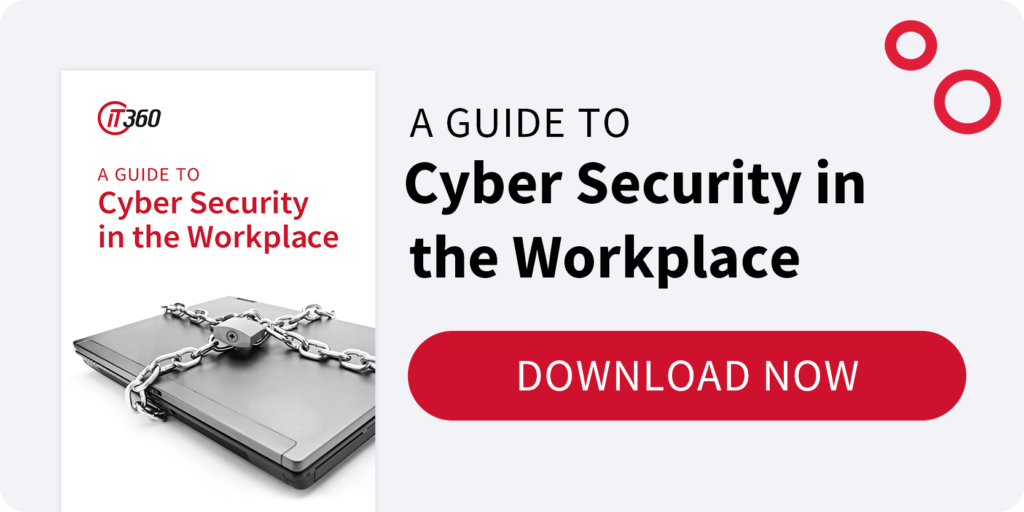Computer technology is ever-evolving. From storing information on personal computers, servers and the web, the cloud marks the latest technological milestone.
Businesses can host and share secure documents through cloud-based online storage while expanding their ability to cost-effectively meet computing resource demands.
Top 5 Benefits of the Cloud
1. Cost-effective
Using the cloud you pay only for the computing resources you use, rather than pre‐purchasing space and server equipment you may not need.
Eliminating the use of servers, in turn, reduces the need for storage space.
2. Speed of Access
The speed of some servers and internal systems slows down the further you are away from them, which isn’t great if you need files on the go.
Distance isn’t an issue with cloud storage. The faster you get your hands on the information, the more efficiently your business runs.
3. Flexibility of space needed
Business’ workloads can scale up or down regularly, and the cloud’s capacity can adapt with you without the hassle of extra equipment.
4. Easy IT Management
By taking out the manpower needed to run a complex internal IT function and replacing it with a user-friendly platform, business owners can focus on key goals. The cloud service offers a standardised platform that allows for easy upgrades when needed.
5. Environmentally Friendly
A paperless cloud system uses fewer resources than a server-centric system. Your carbon footprint is smaller and more environmentally friendly.
It’s important to be forward thinking and to take us into the 21st century. Good systems, less paper, less files and folders is part of that.
Grace Ikiua, CEO, Good Seed Trust
Risks of Using the Cloud
Cloud systems are not immune from data leaks or cyber attacks, but neither are servers or network storage. It’s estimated cyber crime costs businesses $400 billion worldwide, not to mention the lost earnings that come from virus attacks, lost data and crashed systems.
Unfortunately, the biggest security risk to your business comes from within, especially the top leaders in your organisation.
All it takes to get inside your network is a weak password or an employee innocently clicking on a line on an email.
Before moving to the cloud, it is important that you:
- Assess all risks, create an inventory, and determine the potential outcome to your business
- Determine the likelihood of these risks occurring and the residual risk it may have on your clientele.
- Consider your likely responses to these risks and create a plan of action.
Your plan of action has to include both the technical and human elements.
One technical solution is choosing infrastructures that incorporate security – rather than trying to add it to an existing legacy system. Often organisations focus on “making the walls higher.”
These “higher walls” could include numbers of firewalls — which in turn will result in an increase in log files and alerts. None of this guaranteed to prevent attacks ‐ especially if the danger is let in.
This is why it’s important to train your staff to understand threats and keep up with the latest cyber attack methods.
It takes technology, processes and people working together to protect your cloud storage system and effectively counter cyber threats.
Keen to understand more about Cyber Security in the Workplace? Download our latest eBook – it’s FREE!



